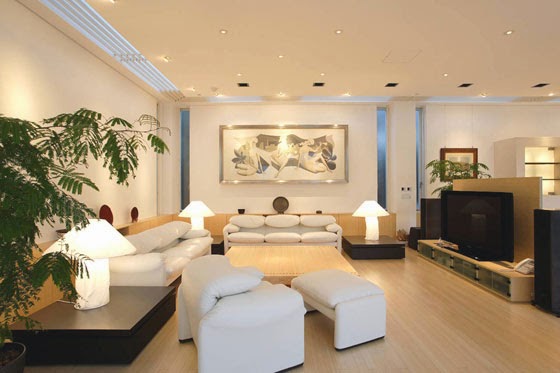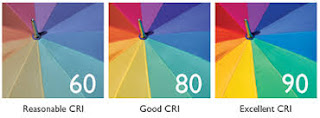Lighting Design Consideration
Lighting design is an Art as well as a Science. As a science,the amount of illumination required and certain aspects of the quality of light have been quantified. As an art light is an experience of senses,it is not an intellectual experience.
EFFECT ON ARCHITECTURE
Light defines space,reveals texture and color,shows form, indicates scale,separates functions.Lighting is dynamic.
EFFECT ON INTERIOR DESIGN
PLANES OF BRIGHTNESS
GLITTER & SPARKLE
LIGHT & SHADOW
MODELING
Shadows are essential for perceiving dimensionality. Three Dimensional objects lighted from directly in front appear flat. but when lighted from several directions,provide character.
The Factors that should be considered in lighting any space are:
CREATING THE TOTAL ENVIRONMENT
General and Ambient Lighting
This is the light withing a space that reduces harsh contrasts between pools of localized task or accent lighting. It is light that supplies a substantially even level of illumination throughout an area.
Task Lighting
This is the supplementary illumination from nearby sources. It is designed to work in concert with the ambient lighting to provide the correct quantity and quality of illumination for visual performance.
Accent Lighting
This lighting emphasizes a particular object or objects.It helps to provide the drama by creating visual interest on those items which enhance the interior decor.
Working together the ambient, task and accent lighting present the total environment both the architecture and the interior design.
Lighting should create an atmosphere pleasing to the occupants whether in an office,store,restaurant or home. Lighting should provide visibility ,character,and mood as well as relate harmoniously to the space in which it is used.
EFFECT ON ARCHITECTURE
Light defines space,reveals texture and color,shows form, indicates scale,separates functions.Lighting is dynamic.
EFFECT ON INTERIOR DESIGN
Light is invisible until it strikes a surface and molds our environment. The angle and quality of light ,along with intensity determines how we perceive space,its occupants and its furnishings. There is a vital relationship between Light and color
PLANES OF BRIGHTNESS
Brightness in space establishes the character or feeling of that space. A pattern of varying levels of brightness can indicate direction and lead people through a space. A bright ceiling or aceiling left in darkness can make the room look spacious or cozy.
GLITTER & SPARKLE
Pinpoints of brightness from small filaments or multiple reflections from crystal ,chrome or other shiny surfaces create a scintillating effect that heightens awareness and gives air of festivity to a space.
LIGHT & SHADOW
Scallops of light on a wall from nearby downlights and the shadows produced by from an uplight under a plant or a small sculpture can create areas of visual interest that give character and individuality to a space.
MODELING
Shadows are essential for perceiving dimensionality. Three Dimensional objects lighted from directly in front appear flat. but when lighted from several directions,provide character.
The Factors that should be considered in lighting any space are:
- the SITUATION- is it working,viewing,circulation or a living space?
- the FUNCTION- what people will do in the space?
- the QUANTITY AND QUALITY OF LIGHT-what's needed to perform the tasks?
- the ARCHITECTURE & DECOR consider the aesthetics of the space
- the ATMOSPHERE -what is the mood or ambience of the space?
CREATING THE TOTAL ENVIRONMENT
General and Ambient Lighting
This is the light withing a space that reduces harsh contrasts between pools of localized task or accent lighting. It is light that supplies a substantially even level of illumination throughout an area.
Task Lighting
This is the supplementary illumination from nearby sources. It is designed to work in concert with the ambient lighting to provide the correct quantity and quality of illumination for visual performance.
Accent Lighting
This lighting emphasizes a particular object or objects.It helps to provide the drama by creating visual interest on those items which enhance the interior decor.
Working together the ambient, task and accent lighting present the total environment both the architecture and the interior design.






Comments
Post a Comment